The Fostex 6301 has been an essential tool for many project studios, mobile studios, educational and AV facilities the world over. To cater for the widest range of listening and recording scenarios possible, Fostex have created four different variants.
How do I find my perfect 6301 match?
First let's take a closer look at the specification breakdown:
6301N/B |
6301N/X |
6301N/E |
6301N/D |
|
|---|---|---|---|---|
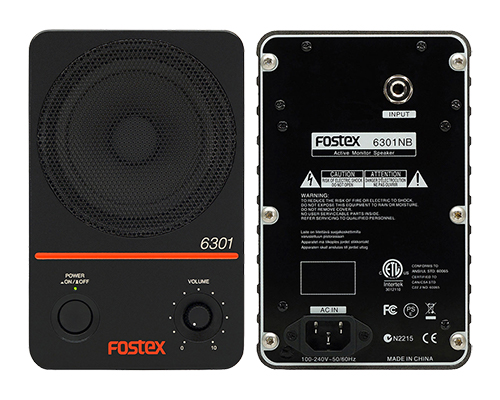 |
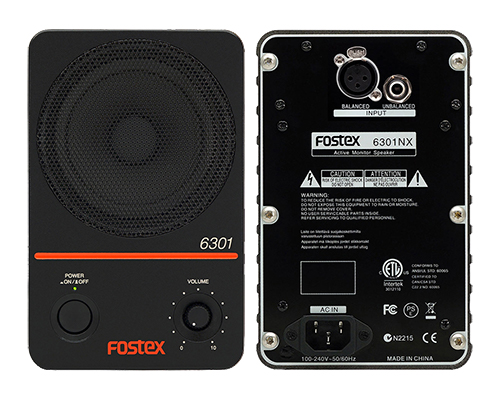 |
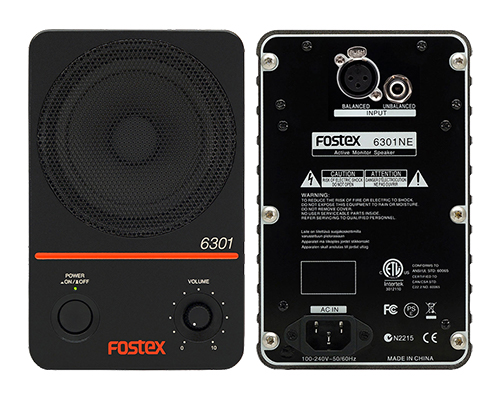 |
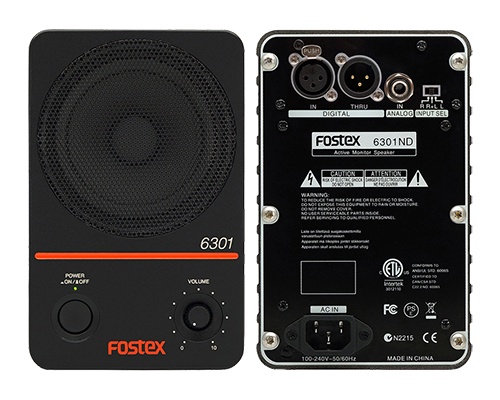 |
|
Connectors: |
1/4” TS Phone Unbalanced | 1/4” TS Phone Unbalanced | 1/4” TS Phone Unbalanced | 1/4” TS Phone Unbalanced |
| Transformer Balanced XLR | Electrically Balanced XLR | AES/EBU | ||
Impedance: |
10k Ohm or more | 10k Ohm or more | 10k Ohm or more | 10k Ohm or more |
| 110 Ohm or more (AES/EBU) | ||||
Amp: |
20W D-Class | 20W D-Class | 20W D-Class | 20W D-Class |
Replaces: |
6301B | 6301BX | N/A | 6301D |
Comments: |
High immunity to hum and noise, use for long cable runs and demanding applications | Cleanest signal path for audio reproduction, less immunity to noise on long cable runs |
Breaking It Down
Now that we're warmly acquainted with the range, you'll see the criteria on which to base your choice basically comes down to connectivity and cable running length:
- Will unbalanced inputs suit the application? Check out: 6301N/B
- If a balanced input is required, will the cable run be fairly long? If so: 6301N/X
- Catering for a balanced signal on a shorter cable run? We recommend: 6301N/E
- Or does the application call for a digital AES / EBU input? If so, the winner is: 6301N/D
And Finally...
If your 6301s would be better suited in a wall-mounted arrangement, check out Fostex's EB6301 brackets!
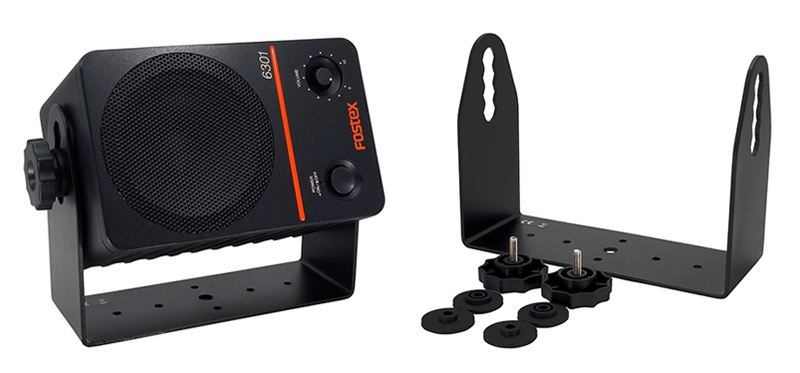
In conclusion, whichever variant you decide upon, users can rest easy knowing that [since their introduction in the 1970s] there are literally millions of 6301s already in operation across the globe working hard for studio producers, broadcast engineers, educational institutions and audio visual establishments.
For further queries on Fostex and the 6301s, drop us a line via our contact page!











